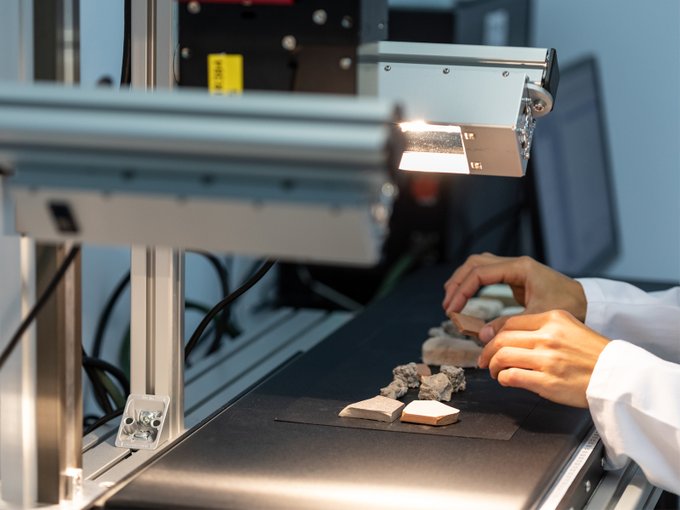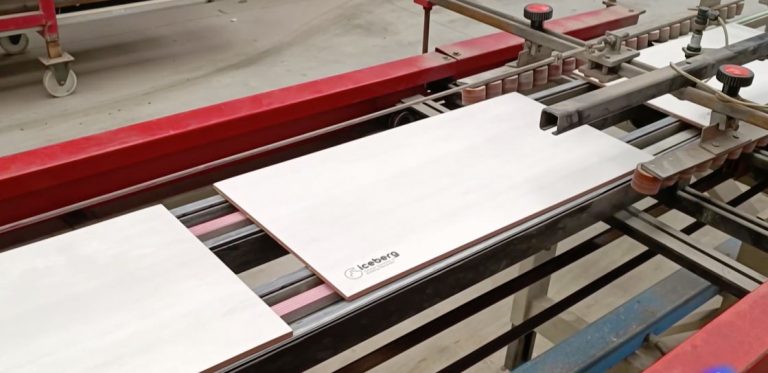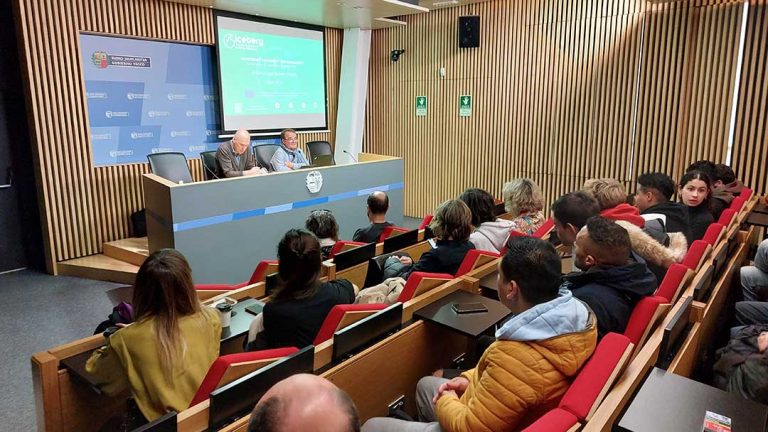- The European ICEBERG project has ended on a high note with the demonstration of the viability of hyperspectral imaging to perform complex operations to automatically sort construction and demolition waste.
The European ICEBERG project – in which the GAIKER Technology Centre, a member of the Basque Research & Technology Alliance (BRTA), has taken part – , is coming to an end and has achieved significant results.
The four-year research project, implemented by a consortium of 35 partners from 10 European countries, began in 2020 with the goal of finding a solution for construction and demolition waste (CDW), which accounts for a third of the total waste generated; and with aim of addressing its circularity, from recovery and recycling to developing more sustainable products.
The partners include GAIKER, an expert in developing automatic identifying and sorting technologies, based on hyperspectral imaging and multivariate data analysis techniques, aimed at recovering material resources contained in different construction and demolition waste streams to be subsequently used in new construction products.
More specifically, it has focused on researching the hyperspectral imaging technique applied to the automatic identifying and sorting of mixed stone materials (ceramic and concrete aggregates), gypsum board waste (purifying the gypsum board by separating it from other foreign materials) and insulating foam mixes (PUR and PIR).
Specific automatic sorting models based on supervised learning algorithms have been developed and satisfactorily assessed for each of those case studies; based on the analysis of the hyperspectral footprints of the different materials, the models establish the class or category to which the materials belong in real time and thus enable their subsequent separation into independent fractions.
To conclude, the viability of the hyperspectral imaging supported by multivariate data analysis tools has been shown to perform complex automatic sorting operations of construction and demolition waste. Thus, new fractions of recovered materials with purities of over 90% can be obtained, which allows them to be ploughed back into the economic cycle as secondary raw materials in value added applications.





